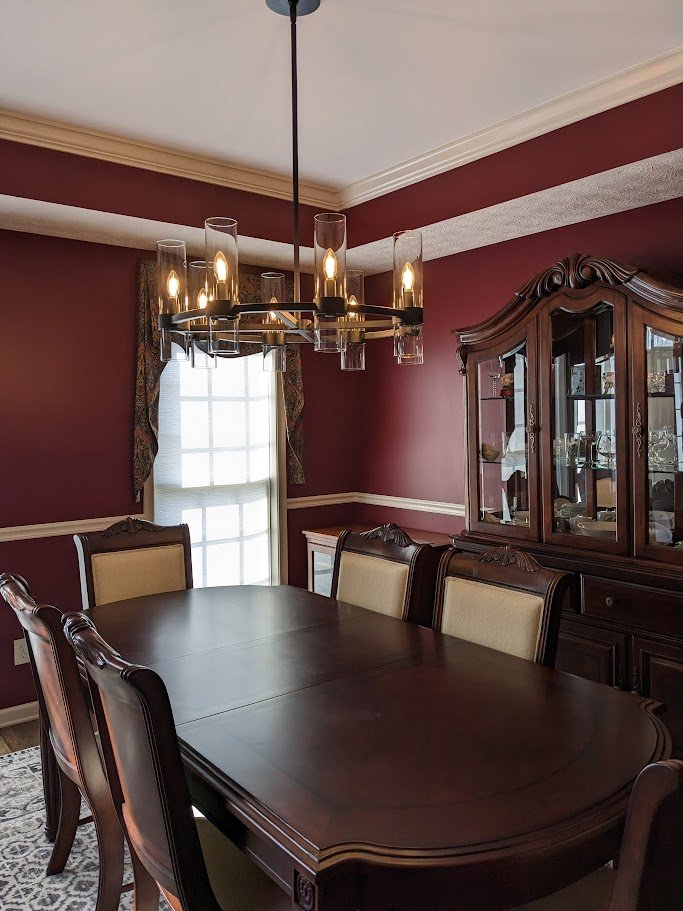The Art of Color: The Power of Color Psychology in Interior Design
Hey there, friends! Today, let's dive into the captivating world of color psychology and how it can transform your house into your home. As an interior designer, one of the most powerful tools in my arsenal is understanding the impact that color has on our emotions, moods, and behaviors. So, let's talk about how to choose the perfect palette for your space!
Tip 1: Start with Mood Mapping
The first step in creating a harmonious color palette is to consider the mood you want to evoke in each room. Are you aiming for a cozy retreat in your bedroom or a lively atmosphere in your living room? By mapping out the desired emotions for each space, you can narrow down your color choices to hues that align with those feelings. For example, soothing blues and greens are perfect for relaxation, while vibrant yellows and oranges add energy and warmth to a room.
Tip 2: Understand Color Associations
Colors have universal associations that can influence our perceptions and reactions. For example, cool tones like blue and green often give feelings of tranquility and nature, making them ideal for bedrooms and bathrooms, or any other room you plan to relax in. On the other hand, warm hues like red and orange are known for their stimulating and sociable qualities, making them great choices for dining areas and gathering spaces. By understanding these associations, you can strategically use color to enhance the function and ambiance of each room.
Tip 3: Consider Natural Light
Natural light plays a significant role in how colors appear within a space. Rooms flooded with natural light can handle bolder and brighter hues without the feeling of being overwhelmed or heavy, while spaces with limited natural light may benefit from lighter shades to maximize brightness, create an airy atmosphere, and in turn make the room seem larger. When choosing your color palette, be sure to consider how the light changes in the room throughout the day.
Tip 4: Embrace the Power of Neutrals
While bold colors can make a statement, they aren’t for everyone. Don't underestimate the versatility and sophistication of neutrals. Shades like white, beige, and gray serve as excellent foundations for any design scheme, providing a sense of balance and flexibility. Neutrals also allow you to experiment with texture and pattern without overwhelming the space, making them perfect for creating timeless and elegant interiors. And don’t worry if you are afraid your space will be “boring”. We can create visual interest with accents like pillows, throw blankets, artwork, window treatments, and more.
Tip 5: Test Before You Commit
Before painting an entire room or investing in expensive furniture, it's crucial to test your chosen colors in the actual space. Paint swatches and fabric samples can look drastically different under various lighting conditions, so take the time to review how your selected colors look in the room's natural light and added light throughout the day and evening. It is also a good idea to make sure these colors coordinate or complement the items that you plan on keeping in the room.
All of these tips will help you use the power of color psychology as a game-changer in your home’s interior design. If you follow these tips and embrace some color in your home, you can create a space that not only looks beautiful but makes you excited to get home and enjoy it. So go ahead, unleash your creativity, and let the colors tell your unique design story! And if this still seems overwhelming, call your favorite neighborhood designer for a specialized color consultation!
#leisylbdesigns #lbmakesitpretty #ohiointeriordesigner #designernearme #cantoninteriordesigner #akroninteriordesigner #colorconsultation #colortheory #ColorPsychologyDesign #InteriorDesignInspiration #MoodMappingSpaces #DesignWithPurpose #ColorPalettePerfection #HomeDecorTips #DesigningWithNeutrals #LightAndColorInterplay #TestBeforeYouPaint #CreateWithColor






